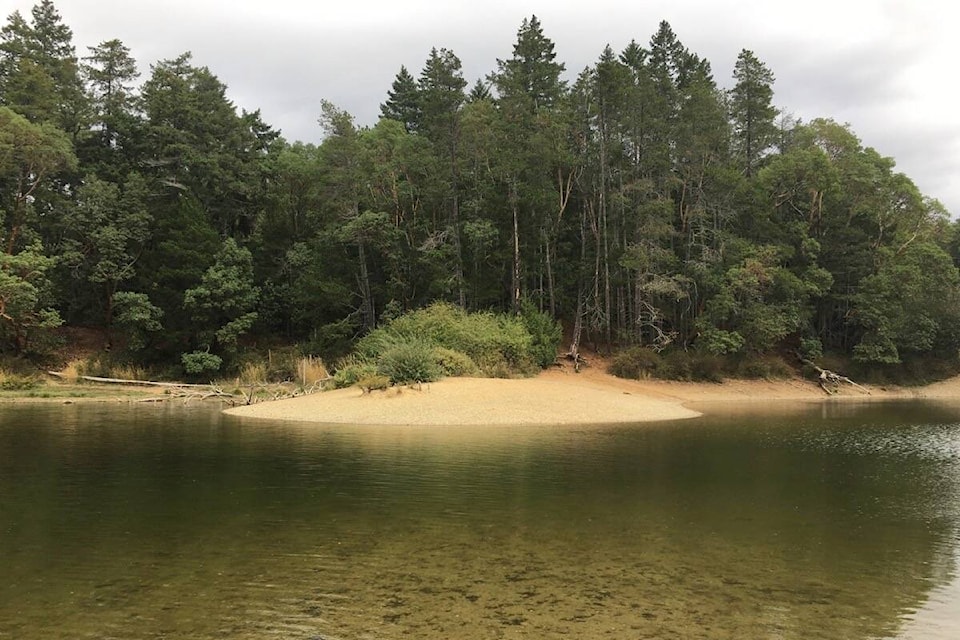The Regional District of Nanaimo has produced a rainwater management strategy for collaborative implementation by member municipalities, provincial agencies and community partners.
Rainwater management is defined as the management of precipitation across the landscape and associated strategies to protect the health of watersheds and maintain a natural water balance.
Julie Pisani, drinking water and watershed protection program co-ordinator, in her report at the RDN board meeting indicated rainwater is synonymous with stormwater management. But rainwater management, she explained, includes all rain events, not just storms.
“It single-handedly looks at watershed scale as a whole and cumulative effects moving away from sort of just looking at the site but more of holistic view across the landscape,” said Pisani.
The board endorsed staff recommendation on a regional strategy for rainwater management.
The rationale of the strategy is to maintain ground water recharge, mitigate flooding, protect water quality and enhance climate resilience.
READ MORE: Residents invited to give input on Regional District of Nanaimo’s rainwater management plan
The goal, Pisani, said is to establish a framework for collaboration across the region; co-ordinate actions across jurisdictions to maintain healthy watersheds in the context of climate change, land use pressures and evolving best practices for rainwater management; and to provide a basis to update policies, standards and bylaws, inform education programs and outreach, and support grant funding applications for infrastructure improvements and natural asset protection.
The strategy will require continued collaboration to develop a regional approach that will include target setting, closing loopholes in regulatory language, implementing regional programs and developing regional projects.
Pisani said the strategy will be circulated to the public and stakeholders as well as present it to the different local governments for endorsement and input.
